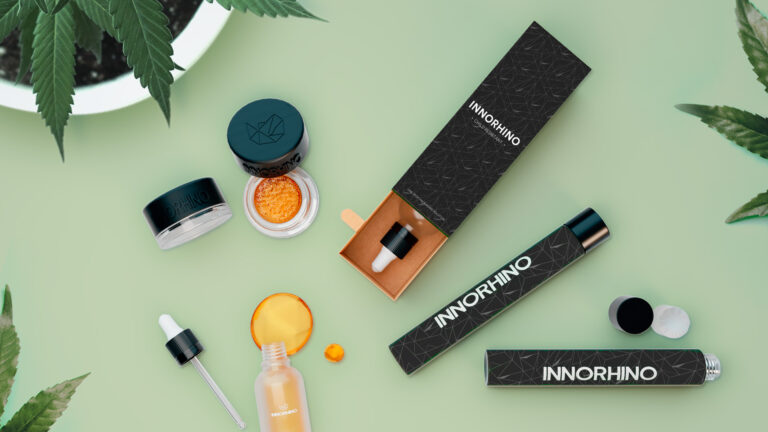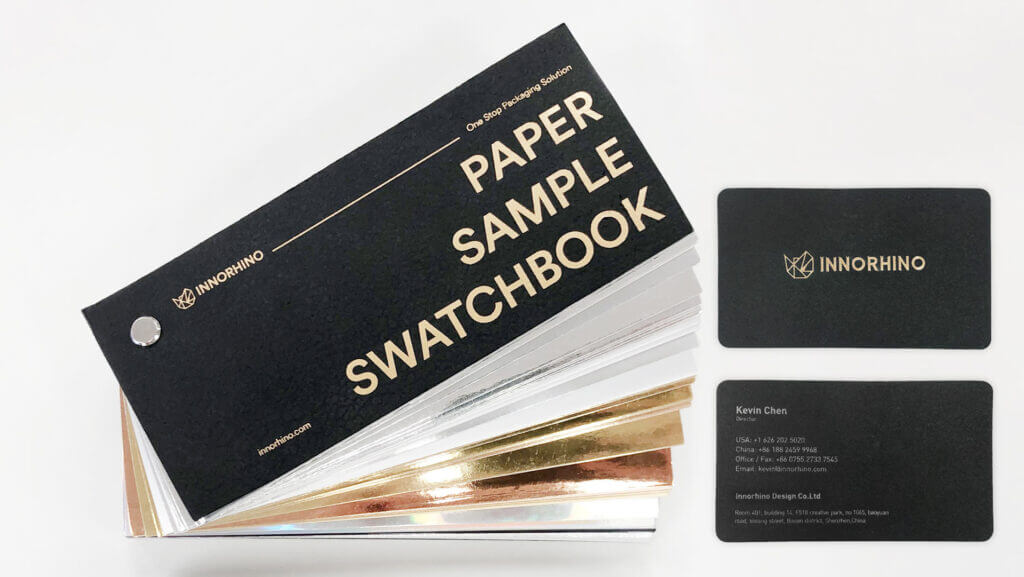- From Flower to Edibles: The Essential Guide to Cannabis Packaging Types and Their Uses
- Why Packaging is Key in the Cannabis Industry
- Cannabis Flower Packaging: Keeping the Buds Fresh
- Cannabis Oil Packaging: Precision and Protection
- Edible Packaging: Convenience Meets Compliance
- Pre-Roll Packaging: Portability and Protection
- Concentrate Packaging: Ensuring Stability and Potency
- Capsule Packaging: Precision Dosing in a Portable Format
- The Importance of Compliance and Child-Resistant Packaging
- Sustainable Packaging Solutions: Catering to Eco-Conscious Consumers
- Optimizing Cannabis Packaging for SEO and Digital Marketing
- Conclusion: Packaging as a Competitive Advantage
From Flower to Edibles: The Essential Guide to Cannabis Packaging Types and Their Uses
Cannabis packaging plays a vital role in product safety, branding, compliance, and customer experience. In a rapidly evolving market, understanding the different packaging options is essential for anyone in the cannabis industry. Whether you’re a cannabis brand owner, product manager, or simply curious about how cannabis products are packaged, this guide is for you.
We’ll walk you through the most common types of cannabis packaging, explain their applications, and provide tips for selecting the right packaging for your brand. By the end of this article, you’ll have a solid grasp of the packaging options available and how they contribute to the overall success of your cannabis business.
Why Packaging is Key in the Cannabis Industry
Before diving into specific packaging types, let’s talk about why packaging is so important in the cannabis industry. Unlike other consumer goods, cannabis products are subject to strict regulations, require unique storage conditions, and cater to a diverse consumer base. Here’s why packaging is a big deal:
- Compliance and Regulations: Cannabis packaging must meet local and federal regulations, which often include child-resistant features, tamper-evident seals, and clear labeling with THC content, usage warnings, and more.
- Product Freshness and Protection: The quality and potency of cannabis products can be affected by exposure to light, air, and moisture. The right packaging ensures that your product stays fresh and effective from production to consumption.
- Branding and Consumer Appeal: Your packaging is the first thing a consumer sees. Well-designed packaging communicates your brand’s identity, attracts the right audience, and builds consumer trust.
- Sustainability: As more consumers lean towards eco-friendly products, sustainable packaging options like recyclable materials and biodegradable containers are becoming increasingly popular.
Now that we’ve covered why packaging matters, let’s explore the common types of cannabis packaging and how they’re applied across different product categories.
Cannabis Flower Packaging: Keeping the Buds Fresh
Cannabis flower remains one of the most popular product categories, and its packaging needs to maintain freshness while being visually appealing.
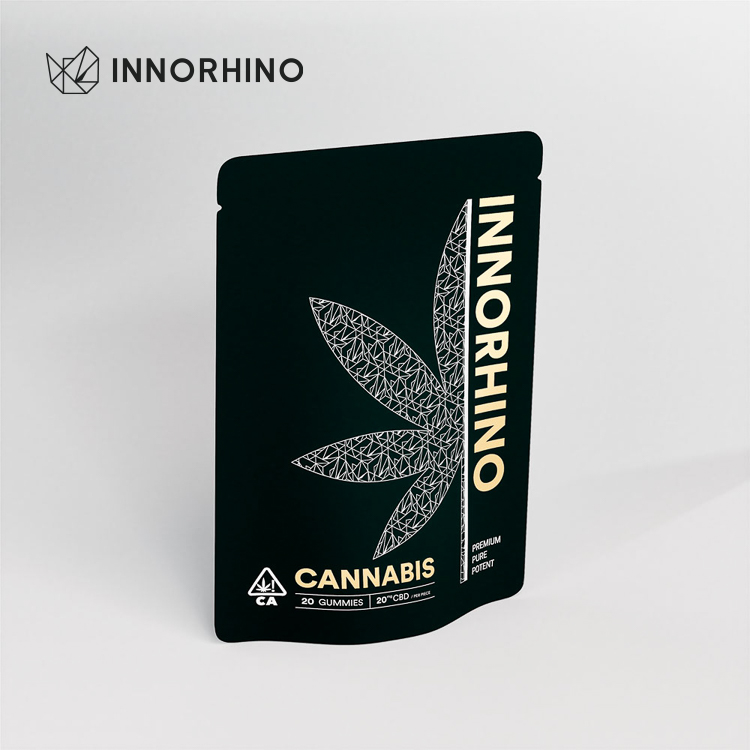
1. Mylar Bags
Mylar bags are the industry standard for cannabis flower packaging. These bags are resealable, moisture-resistant, and often light-proof, which makes them ideal for preserving the quality of dried cannabis buds. They’re also cost-effective and come in a range of sizes, from single grams to full ounces.
Advantages of Mylar Bags:
- Resealable for extended freshness
- Tamper-evident features
- Child-resistant options available
- Ample space for branding and labeling
Best For: Mylar bags are perfect for both small and large quantities of cannabis flower. They’re commonly used by dispensaries and brands looking for an affordable, reliable packaging solution.
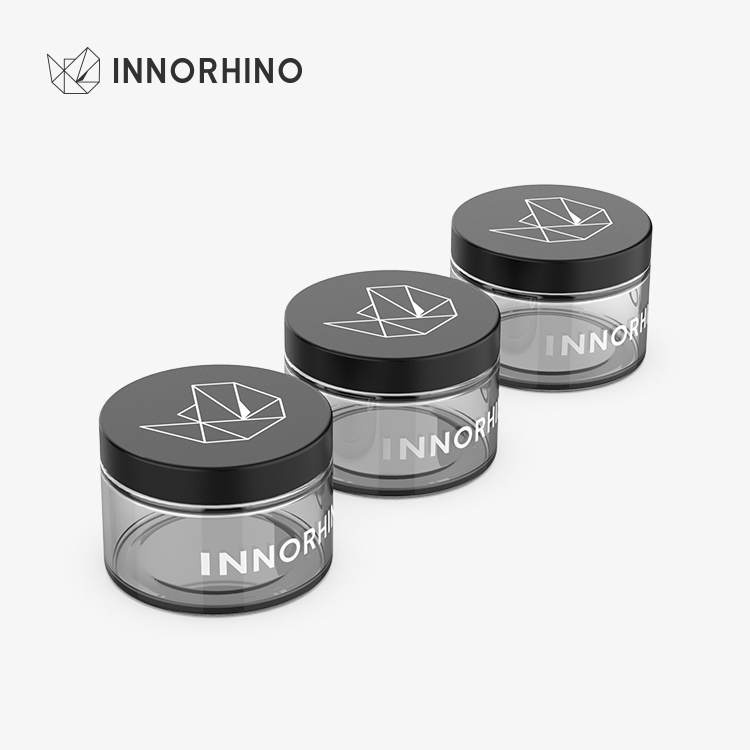
2. Glass Jars
Glass jars are the go-to option for premium cannabis brands. These jars offer a luxurious feel, with airtight lids that maintain the flower’s aroma and freshness. Glass jars are reusable and often come in both clear and opaque varieties to protect against light damage.
Advantages of Glass Jars:
- Airtight lids that lock in freshness
- Reusable and eco-friendly
- Enhances product visibility
- Ideal for luxury branding
Best For: Glass jars are ideal for high-end cannabis products where presentation matters. They’re great for showcasing top-shelf strains and appealing to consumers who prioritize quality and sustainability.
Cannabis Oil Packaging: Precision and Protection
Cannabis oils, including CBD and THC tinctures, require packaging that preserves potency while offering easy, precise dosing.
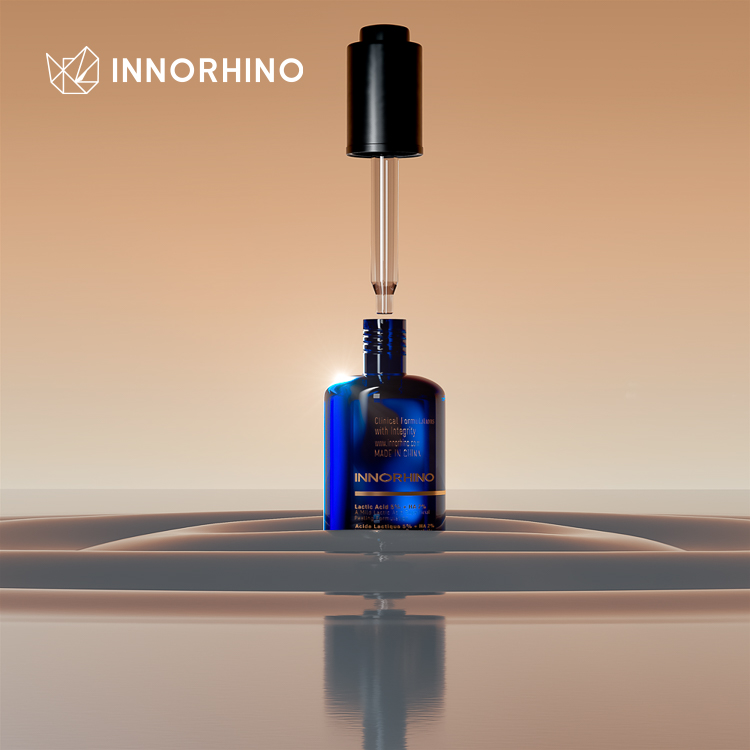
1. Dropper Bottles
Dropper bottles are the most common packaging for cannabis oils and tinctures. Typically made of glass, these bottles are often tinted (e.g., amber or cobalt blue) to protect the product from light exposure. The dropper allows for accurate dosing, which is especially important for medicinal users.
Advantages of Dropper Bottles:
- Provides precise dosing with the dropper mechanism
- Tinted glass protects against light degradation
- Versatile for branding and labeling
- Child-resistant caps are available
Best For: Dropper bottles are ideal for CBD tinctures, THC oils, and other liquid cannabis products that require careful dosing.
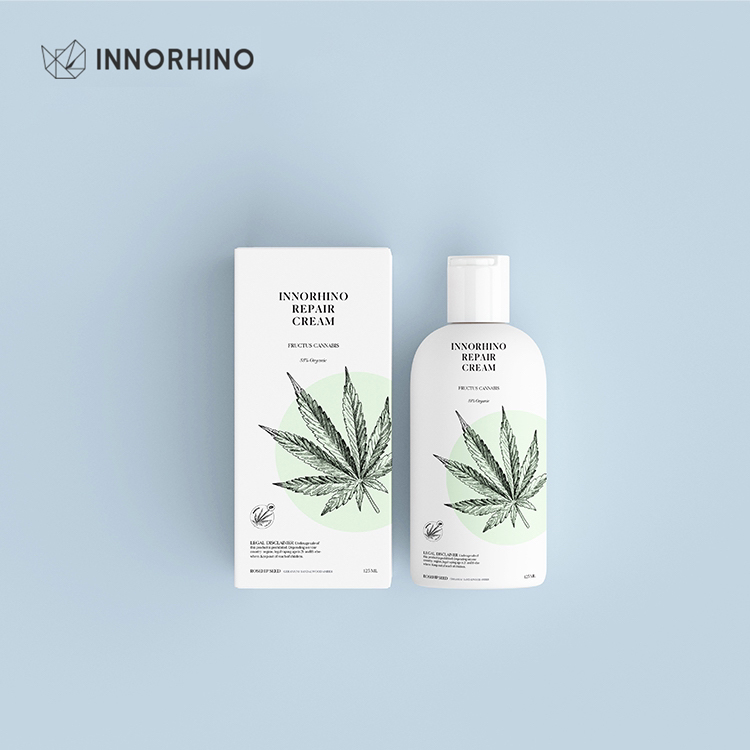
2. Plastic Bottles
Plastic bottles offer a lightweight and portable option for cannabis oils, especially for consumers who are always on the go. They’re more affordable than glass bottles but may not offer the same level of protection from light and air.
Advantages of Plastic Bottles:
- Lightweight and easy to transport
- Lower cost compared to glass
- Suitable for short-term use products
- Child-resistant options available
Best For: Plastic bottles are best for budget-friendly or travel-sized cannabis oil products that don’t require long-term storage.
Edible Packaging: Convenience Meets Compliance
Edibles are one of the fastest-growing segments in the cannabis industry. Their packaging must balance visual appeal, convenience, and strict regulatory compliance.
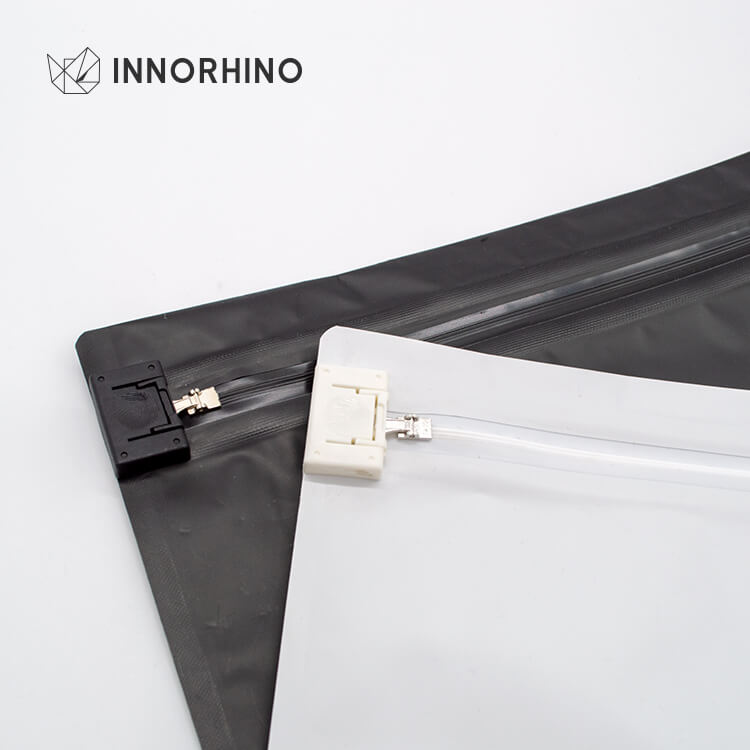
1. Small Pouches
Resealable pouches are the go-to choice for cannabis edibles like gummies, chocolates, and other treats. These pouches are typically made from multi-layered materials that provide moisture resistance and extend shelf life. Their compact design makes them easy to store and transport.
Advantages of Small Pouches:
- Resealable for freshness
- Child-resistant options available
- Great for branding and flavor-specific designs
- Cost-effective and versatile
Best For: Small pouches work well for single-serving or multi-serving edibles like candies, chocolates, and gummies. They’re popular among brands targeting both new and experienced consumers.
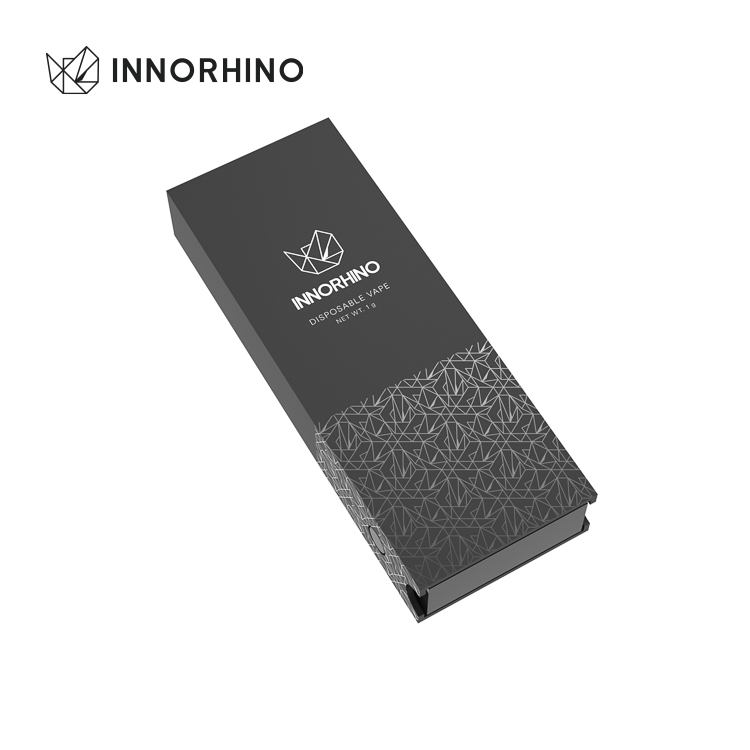
2. Small Boxes
Small, rigid boxes are commonly used for premium edibles such as high-end chocolates, cookies, and other gourmet treats. Inside, the edibles may be individually wrapped or placed in compartments for protection. The outer box can be customized with elegant designs, embossing, and metallic finishes.
Advantages of Small Boxes:
- High-end look and feel
- Protects delicate items
- Customizable for luxury branding
- Sturdy and durable
Best For: Small boxes are ideal for premium edibles where presentation and protection are key selling points. They’re great for brands targeting consumers who are willing to spend more on top-tier products.
Pre-Roll Packaging: Portability and Protection
Pre-rolls are a convenient and popular product offering, but they require packaging that balances protection with ease of use.

1. Tubes
Plastic, paper, or metal tubes are the most common packaging for pre-rolled joints. These tubes are moisture-resistant, which helps keep the pre-rolls fresh. Child-resistant caps are standard, ensuring compliance with safety regulations.
Advantages of Tubes:
- Keeps pre-rolls fresh and intact
- Compact and portable
- Child-resistant and tamper-evident options available
- Great for single-serving products
Best For: Tubes are perfect for single pre-rolls or small multi-packs. They’re popular among both value brands and premium pre-roll producers.
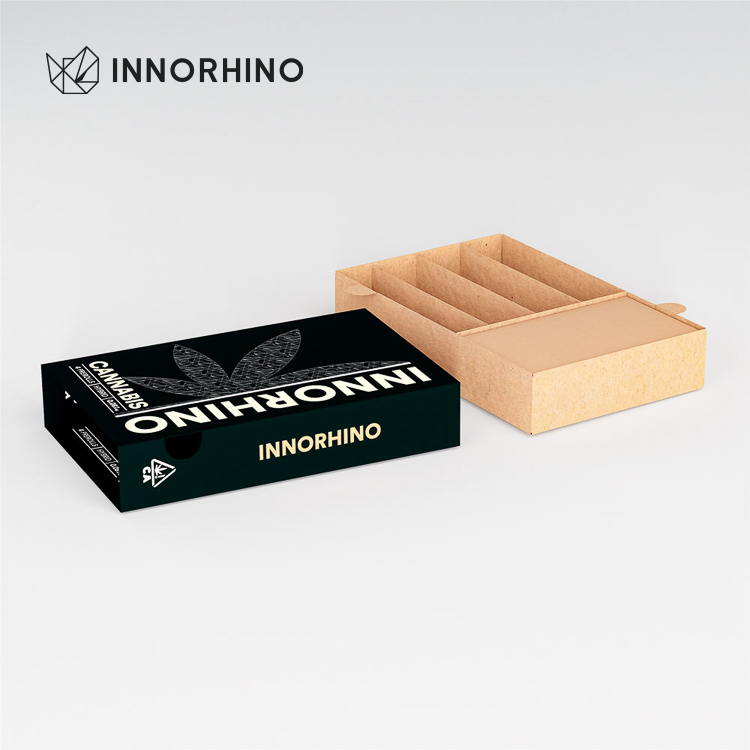
2. Small Boxes
Small boxes are often used for multi-pack pre-rolls. These boxes typically hold several pre-rolls, each in its compartment to prevent damage. High-end brands may add protective layers like foam inserts or magnetic closures to enhance the user experience.
Advantages of Small Boxes:
- Suitable for multi-pack products
- Adds a premium feel with custom designs
- Provides space for storytelling and branding
- Offers additional protection for the pre-rolls
Best For: Small boxes are ideal for multi-packs, especially for brands looking to differentiate their products through luxury packaging.
Concentrate Packaging: Ensuring Stability and Potency
Concentrates like wax, shatter, and rosin need packaging that keeps them stable and potent, while also offering ease of access.
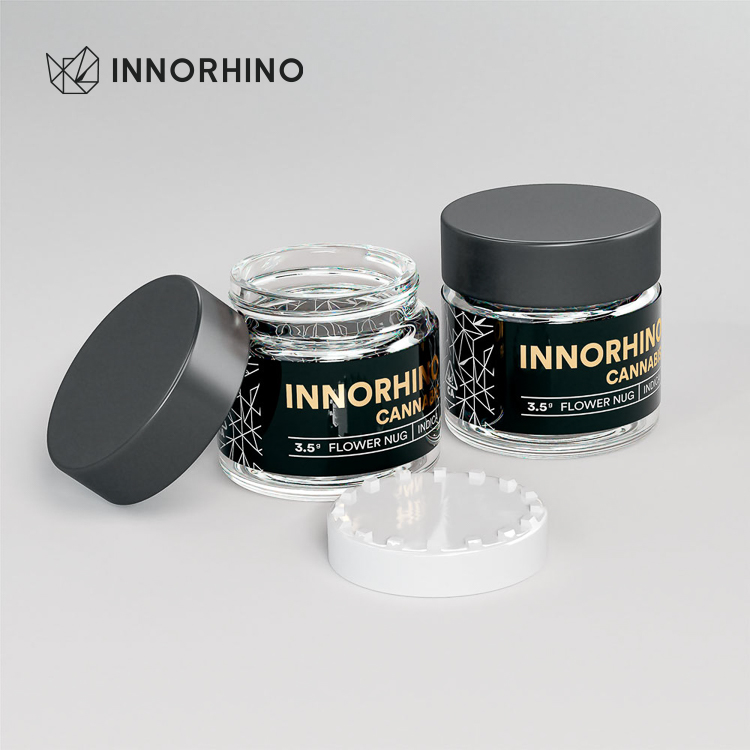
1. Small Glass Jars
Glass jars are a staple in concentrate packaging. These airtight jars provide a strong barrier against air and moisture, preserving the potency of the product. The jars are usually opaque or tinted to protect the contents from light exposure.
Advantages of Small Glass Jars:
- Airtight and moisture-resistant
- Great for preserving potency
- Reusable and eco-friendly
- Available in various sizes for different quantities
Best For: Small glass jars are perfect for premium concentrates, offering a sophisticated presentation and maximum product protection.
2. Silicone Containers
Silicone containers are popular for sticky concentrates like wax or budder. The non-stick surface allows consumers to easily access the product without leaving residue behind. These containers are often reusable, making them an environmentally friendly option.

Advantages of Silicone Containers:
- Non-stick surface for easy product access
- Reusable and durable
- Ideal for sticky concentrates
- Available in various colors and styles
Best For: Silicone containers are great for sticky, high-viscosity concentrates that require non-stick packaging.
Capsule Packaging: Precision Dosing in a Portable Format
Cannabis capsules are favored by consumers seeking precise, consistent dosing. Their packaging needs to reflect these benefits while ensuring compliance.
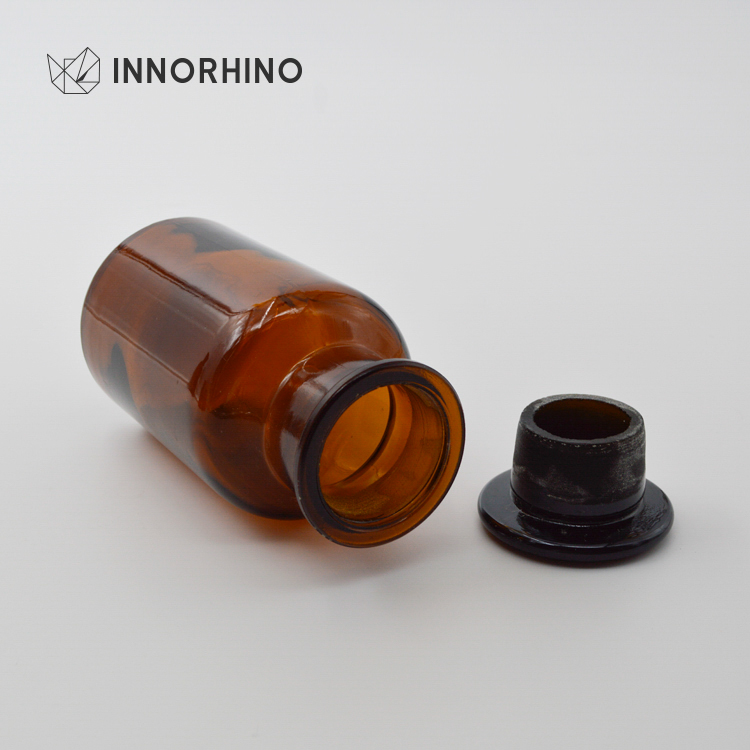
1. Plastic or Glass Bottles
Cannabis capsules are usually packaged in child-resistant plastic or glass bottles. These bottles are easy to store and provide ample space for labeling, which is essential for products that require detailed dosing and ingredient information.
Advantages of Plastic or Glass Bottles:
- Child-resistant and tamper-evident options available
- Compact and easy to transport
- Versatile for branding and labeling
- Glass offers a premium feel
Best For: Plastic and glass bottles are ideal for both medicinal and recreational cannabis capsules, offering the necessary protection and compliance features.
The Importance of Compliance and Child-Resistant Packaging
In the cannabis industry, meeting regulatory requirements is critical. Packaging must be child-resistant, tamper-evident, and clearly labeled with product information, including THC content, usage instructions, and warnings. Non-compliance can lead to fines, product recalls, and repetitional damage.
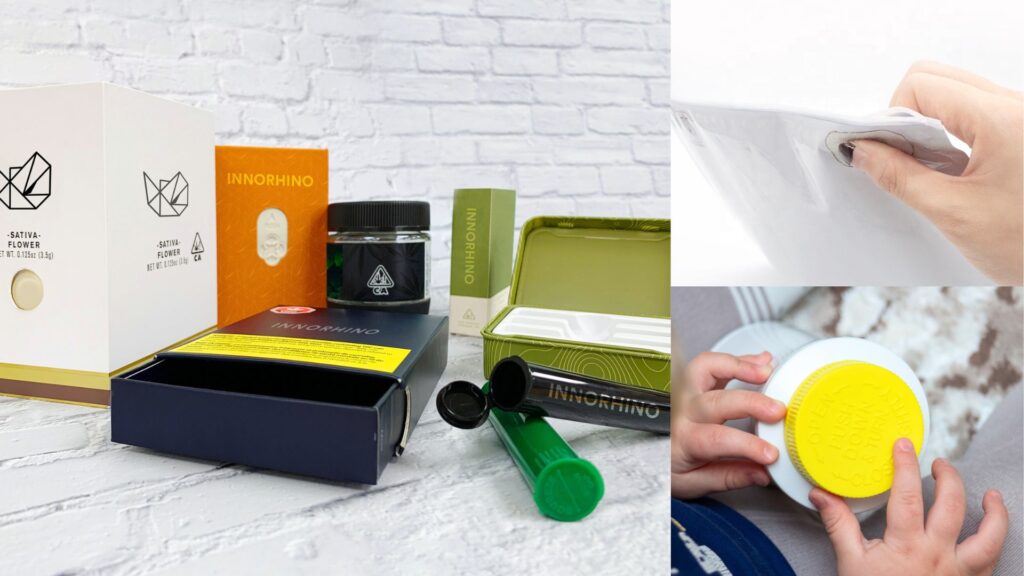
Why Child-Resistant Features Matter
Child-resistant packaging is particularly important for products like edibles and concentrates, which could be mistaken for non-cannabis items by children. Popular child-resistant mechanisms include push-and-turn caps, blister packs, and dual-lock systems. Ensuring your packaging meets these standards is non-negotiable if you want to succeed in the cannabis industry.
Sustainable Packaging Solutions: Catering to Eco-Conscious Consumers
As more consumers prioritize sustainability, eco-friendly packaging options are becoming increasingly important. Brands that invest in sustainable solutions, like recyclable materials, biodegradable packaging, and reusable containers, can stand out in the market. While these options may come at a higher cost, they can appeal to environmentally conscious consumers and enhance brand loyalty.
Tips for Sustainable Packaging:
- Use Recyclable or Biodegradable Materials: Opt for packaging that can be easily recycled or decomposed, reducing your environmental footprint.
- Minimize Excess Packaging: Avoid unnecessary packaging layers and focus on minimalism.
- Consider Reusability: Packaging that can be repurposed offers added value to the consumer and aligns with sustainability goals.
Optimizing Cannabis Packaging for SEO and Digital Marketing
In the age of e-commerce and social media, your packaging isn’t just about how it looks on the shelf—it’s also about how it performs online. High-quality packaging images, combined with effective SEO strategies, can improve your brand’s visibility and drive sales.
SEO Tips for Cannabis Packaging:
- Keyword Optimization: Use relevant keywords in your product descriptions, such as “THC gummies,” “CBD tincture,” or “premium cannabis flower.”
- Consistency in Branding: Ensure that your packaging design is consistent across all platforms, including your website, social media, and online stores.
- Social Media Appeal: Visually appealing packaging is more likely to be shared on social media, increasing brand exposure and organic reach.
Conclusion: Packaging as a Competitive Advantage
Choosing the right packaging for your cannabis products is more than just a functional decision—it’s a strategic move that can elevate your brand, improve compliance, and enhance customer satisfaction. Whether you’re focused on sustainability, luxury, or affordability, your packaging design plays a crucial role in setting your brand apart in a crowded market.
By understanding the packaging options available—from Mylar bags for flower to silicone containers for concentrates—you can make informed choices that align with your product’s unique needs and your brand’s positioning. As the cannabis industry continues to evolve, staying ahead of packaging trends and regulatory requirements will be key to your long-term success.
About INNORHINO
At INNORHINO, we specialize in creating innovative packaging solutions tailored to the cannabis industry. From eco-friendly materials to premium designs, we’re here to help your brand stand out and succeed. Contact us today to learn more about how we can support your packaging needs.

